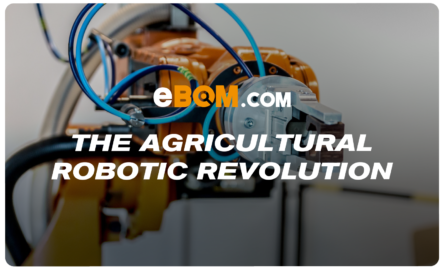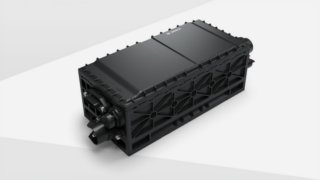The first agricultural revolution occurred around 10,000 BC, which was the prehistoric transition from hunting to settled agriculture. In many ways, British agriculture advanced more rapidly than other European nations which was believed to be from increased availability of farmland along with a favourable climate. Transitioning to 2020, the industry is still thriving more than ever. Around 57% of all land in the UK is used for agriculture along with 280,000 farms, according to Crop Science Bayer. This is thanks to the advanced technology which farmers have access to today including robots, sensors, aerial images, and GPS technology.
Early Days of Agriculture
Back in the early days of agriculture, most farm jobs were done by hand which was obviously very time consuming and strenuous. However, as the technology and craftsmanship increased, so did the industry growth. The Agricultural Revolution saw the invention of the plow, which is a device that contains blades that effectively break up soil. Plows created cuts within the soil for the sowing of seeds. Before the invention of the plow there was a device called the seed drill. Jethro Tull was an 18th-century agriculturist who invented the seed drill, stated in Study.com.
Robotics Taking Over
The most known robotics within the agricultural industry would be the tractor. A tractor is an engineering vehicle specifically designed to deliver a high tractive effort at slow speeds such as moving heavy objects. Tractors and other agricultural machinery have adapted enormous amounts to not only make life easier for farmers, but ensuring plant / livestock health is satisfactory.
Nitrogen is one of the key ingredients in any good crop fertilizer. The chemical enhances crop production for plants that take in the fertilizer, process it, and release it back into the air. The trouble is that nitrogen from fertilizers not taken up in the air can end up in groundwater. This not only contributes to climate change but can also be harmful to fish and other marine life. Too much nitrogen can also injure the crops themselves, stated by Electronics How Stuff Works. Therefore, technology can allow farmers to access vital information such as nitrogen presence to ensure the PH levels are adequate within the land. Smart sensors are used in agriculture to gather data that helps farmers monitor and optimize crops and keep up with changing environmental factors such as weather and PH levels. By positioning sensors around the crops, farmers can understand their products at a micro scale and reduce environmental impact.
Advantages and Disadvantages
The British Agricultural Revolution was mainly caused by advanced technology changes such robotics, temperature / moisture sensors, aerial images, autonomous vehicles, and GPS technology. The advantages of agricultural technology are higher crop productivity, decreased use of water, pesticides and fertilizer, reduced impact on natural ecosystem and increased work safety. Long story short, the more advanced technology within the agricultural industry, the more efficient it is to harvest and make profit.
However, there are a few disadvantages of the agricultural revolution in respect to the technology used. For many inexperienced users of machinery, manipulating large robotic equipment such as tractors or autonomous vehicles can be potentially harmful for the farmer, crops, or livestock. Not only this, almost all agricultural methods require a non-renewable resource to generate results. For example, the advanced technology we have nowadays allows us to grow genetically codified organisms which are not only detrimental to the health of humans, but they are detrimental to the environment. Examples of this would be GMO crops, which have resulted to a huge increase in farming using agricultural chemicals that are applied directly to crops. In addition to this, there have been cases where GMO crop contamination has been found in non-GMO crop fields, including water systems. New technologies have really boosted the agricultural production globally, however, some have had negative effects which must be reversed or contained. This includes loss of biodiversity, resistance of insects against pesticides, land degradation through water erosion or wind and nutrient depletion, according to Farm Management.
By Amy Leary, Marketing Manager at eBOM.com










